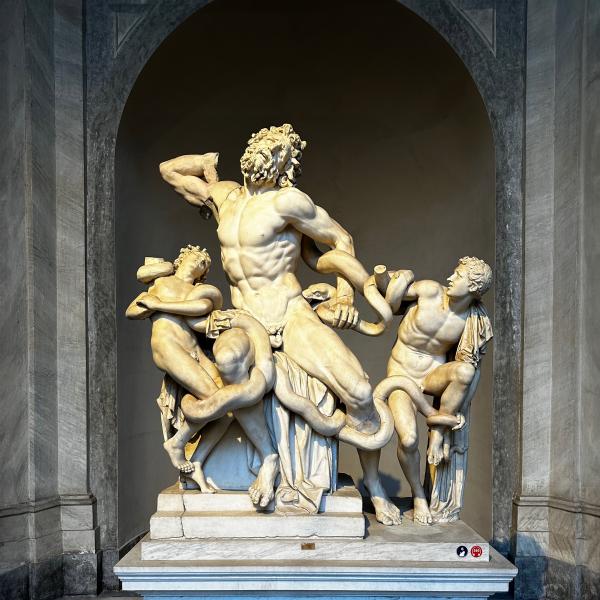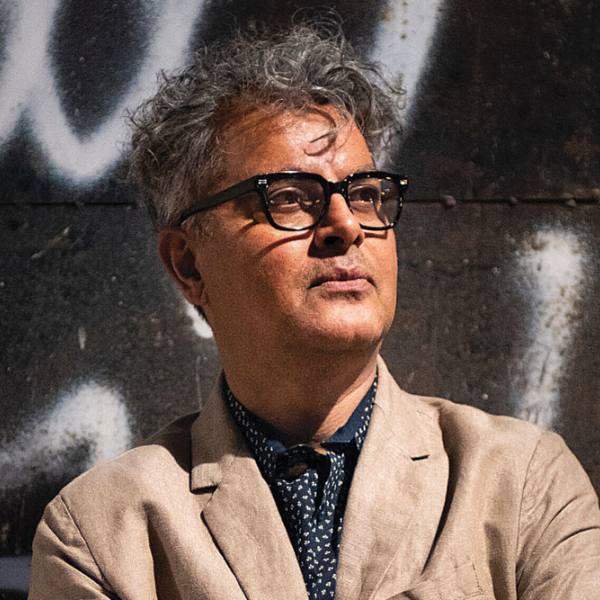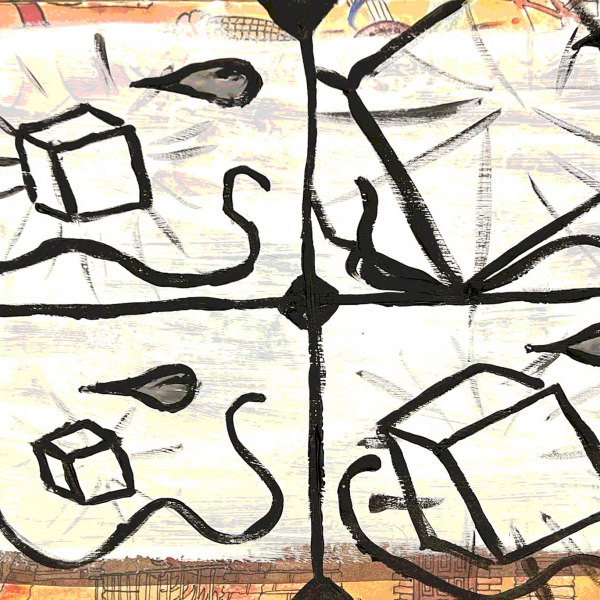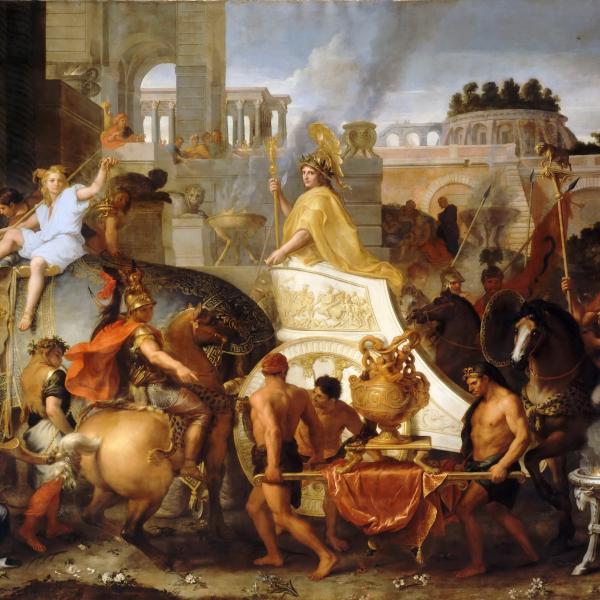I had the pleasure of going to Kansas City this past weekend with Charles. After visiting four museums, eating the best barbecue in the world, and hearing a great soul music cover band, I would definitely recommend that the good people at the Center for the Humanities consider a weekend excursion to K.C. for next year’s institute. Of course, the first place we went to upon our arrival was The American Jazz Museum and the Negro Leagues Baseball Hall of Fame. These two museums are housed in one building in the historic 18th and Vine Jazz District. One could spend the whole day exploring exhibits in both wings.
The first exhibit in the jazz museum is a collection of “soundies”—music videos of performances and dances from the 1920s and 1930s that became available for viewing during the 1940s. These films provide a fascinating look at how the music and dance of the Cotton Club found their way into the wider culture. They were precursors to the modern music video and could be found in nightclubs, bars, and restaurants. The exhibit does not explore, however, the impact of these productions had on the popular culture of the era and the popularization of jazz music.
Most of the museum highlights the music of Duke Ellington, Louis Armstrong, Charlie Parker, and Ella Fitzgerald. While it does explore the history of jazz up through the bebop revolution, it does not provide a historical overview of post-bop jazz. There is very little attention paid to music of Miles and Trane and the evolution of modern jazz styles, so the music is treated as sort of a historical time.
While these limitations are disappointing, the museum is worth visiting just for the collection of artifacts, descriptions, and multimedia offerings.
The Negro Leagues Baseball Museum is also worth the visit. There were many cultural and economic connections between the jazz community and baseball during the first half of the twentieth century. For example, Armstrong and Cab Calloway owned teams. The 50,000 square foot building houses both institutions as separate entities. My visit left me wanting to further explore the shared space that both museums suggested. (The common lobby could have been more than just a café and gift shop.) There are opportunities for students and scholars to synthesize how black genius on the both baseball diamond and in the jazz club shaped American culture.
It was also interesting to see how the city has restored the 18th and Vine District-- one of the cradles of jazz music. I just wish we had more time to really explore this area and gain a sense of how the city is approaching its redevelopment. Is this district more of a tourist trap than an authentic effort to recapture a part of the city’s past? Maybe next year’s NEH Institute can weigh in…
-- Steve Schwartz




